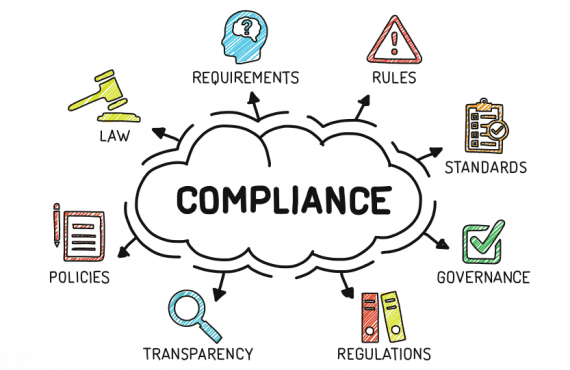Once a sexual discrimination or harassment claim has been made, it is the duty of any institution to deal with the matter in a competent manner—not only on moral grounds, but also because a failure to do so could have significant negative legal consequences.
It is therefore critical to have a written policy prohibiting sexual harassment and outlining the exact procedure to be followed. This procedure must be legally compliant, and consist of the following elements:
- A definition of sexual harassment and specific examples of sexual misconduct.
- A complaint process to ensure that all employees receive the fullest possible guarantee of confidentiality. Ideally, this should be to a dedicated personnel officer of an anonymous hotline.
- Timeliness, including promptly initiating the investigation after an incident is reported or observed, and reasonable completion and reporting of the results to appropriate parties.
- Objectivity and credibility, an impartial investigation by a trained neutral party, the support of management, and the belief of employees that all complaints are properly investigated and that appropriate corrective action will be taken when violations are found.
- Thoroughness, accuracy, and documentation of the findings and corrective actions taken, based on balanced conclusions consistent with information disclosed during the investigation.
- Closure, including reporting findings to appropriate officials, correcting violations, and following up with both complaining employees and alleged harassers to ensure their understanding of future expectations and to reassure them there will be no recurrences or retaliatory actions.
Should the alleged harassment consist of verbal conduct, the investigation should ascertain the nature, frequency, context, and intended target of the remarks. Questions to be explored might include:
- Did the alleged harasser single out the charging party?
- Did the charging party participate?
- What was the relationship between the charging party and the alleged harasser(s)?
- Were the remarks hostile and derogatory?
A failure to follow these steps can lead to the institution being legally exposed and held liable for claims of allowing sexual harassment and discrimination to proceed unchecked.


































